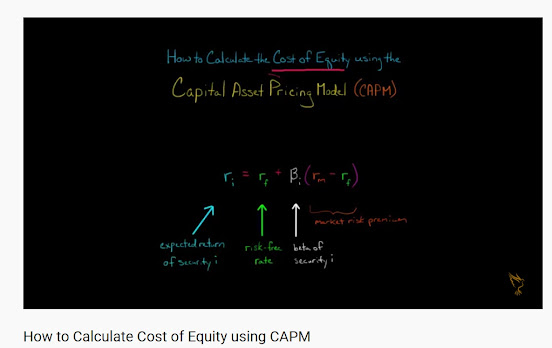If we look at AMD (1st row) it appears 2.2% allocation resulting 12.8% of total portfolio profit. Reason being due to reduction of AMD allocation by about 1/3 after profit made. AMD continues to move up though so missed out slightly more gain but is ok as 2/3 is still in the game which can help us to weather any storm later if the portfolio get hits. And the 1/3 cash returned is working somewhere else anyway.
The re-balance money theoretically is use for re-investment into Tesla considering the portfolio always have ready cash in account for opportunities. And in this case the plan is to re-purchase Tesla shares back to the original level after few days of Elon's Tweet Sales. However, this was only executed recently. Why 15.2% return of portfolio then ? Due to the trade timing for obvious reason it will go down, 60% of the shares were traded off to protect the profit. But with Elon, anything goes. So trading off 100% seems too risky even though the situation looks quite obvious.
This trading story applies similar to Ascendas Reit too as you can see YTD Ascendas has 9.1% profit despite it only moves up 3.3% so far since beginning of Jan'21. A strategy which we actually applied on US stocks. Will we increase Ascendas allocation ? No, as it has 11.3% allocation unless we have exceptional reason. Should we reduce ? No, as well as it is not outsized and helping to drive dividend part of the portfolio.
Another interesting counter is DBS. 4.2% allocation responsible for 24.3% profit. As previously blogged, reducing the allocation. It was like 11% to 13% allocation probably. How we locking profit more as the share price go up while we feel potential gain getting smaller by the day. DBS still toppish resulting outsize gains. A story where despite reduced allocation, this year gains are still there.
Profit Grand total is 75.8% and not 100% because some profitable positions are closed. It has been quite profitable year since Year 2019 which still holding the return record but I suspect this year has a good chance that it can overtake it while balancing Dividend and Capital gains.
Please dyodd as trading do have risk that one has to manage. Sharing my personal experience.
Cheers
Cory
2021-1117
CoryLogics Invest Chat - No Coin, No Porn, No Penny
Telegram CoryLogics <= Link to Telegram
Articles in this Blog is personal take and sharing purposes only. Reader should seek their own professional help when making financial decision and be responsible for their decision.















